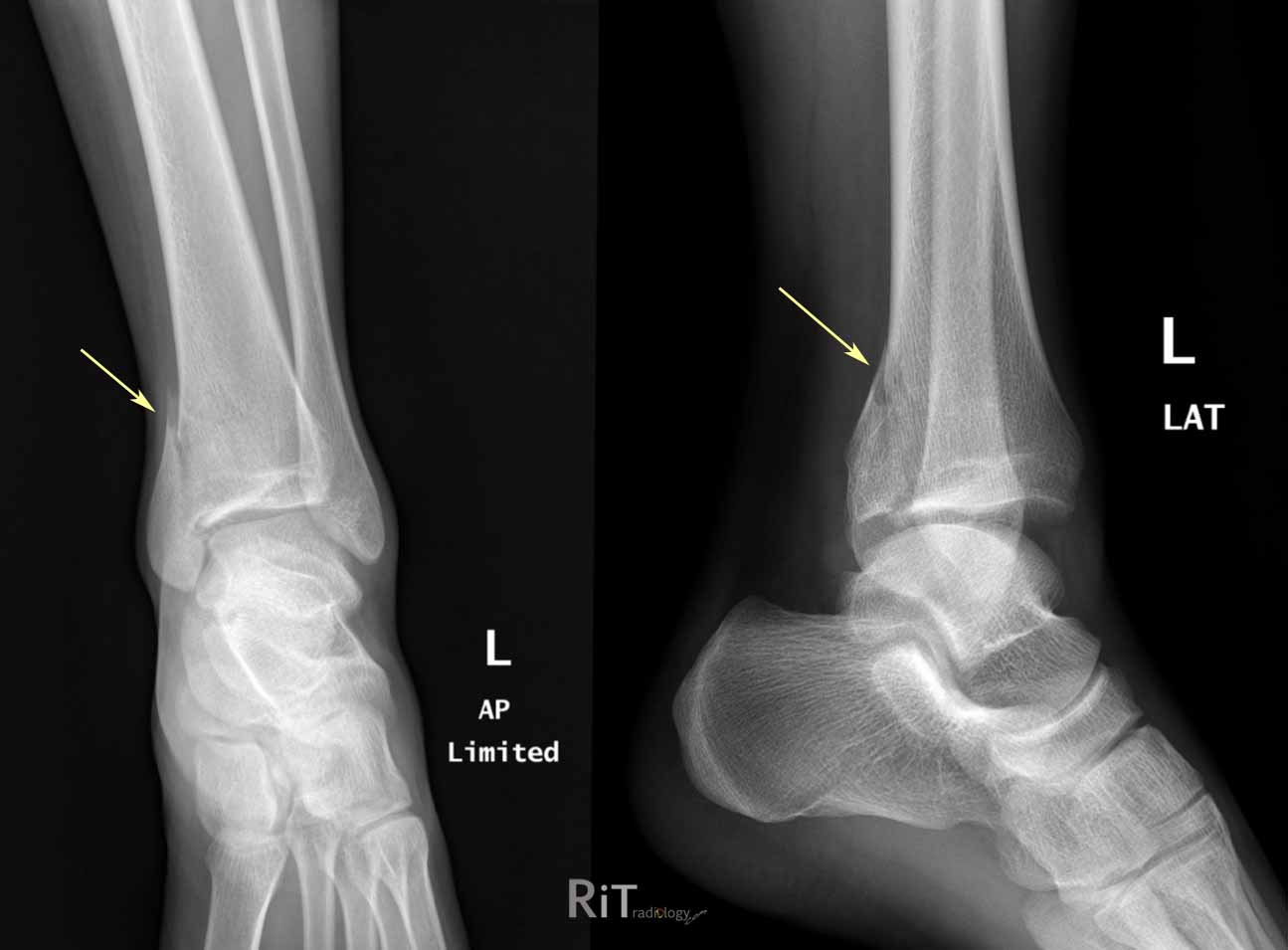


Finally, the results indicated a percent agreement (accuracy) of 97.13% between the two tests with Kappa coefficient of 0.94 (z = 14.68, P value < 0.01).Ĭonclusion: The results of this study showed that bedside ultrasonography has a high sensitivity and specificity in the diagnosis of lateral malleolar fractures with an ankle sprain mechanism. The positive likelihood ratio (PLR) and negative likelihood ratio (NLR) were 36.07 and 0.0325, respectively, and the positive and negative predictive values of bedside ultrasonography were 95.83% and 97.98%, respectively. The results showed that ultrasonography had a sensitivity of 96.84% and a specificity of 97.31%. Results: A total of 244 patients participated in this study, of whom 92 (37.70%) were diagnosed with lateral malleolar fracture through bedside ultrasonography and X-Ray tests. The ultrasonography and X-Ray results were then compared. Next, they underwent lateral ankle and anteroposterior (AP) X-rays by another emergency medicine specialist who was blinded from the ultrasonography results. All patients underwent bedside ultrasonography with a 7.5 - 10 MHz probe by an emergency medicine specialist who was assisted by a radiologist. Methods: This prospective study was conducted on patients having acute ankle injuries with ankle sprain mechanism and diagnosed with lateral malleolar tenderness. This study aimed to evaluate the diagnostic value of bedside ultrasonography in detecting the patients suffering from lateral malleolar fractures with an ankle sprain mechanism. Introduction: The use of ultrasonography for diagnosing musculoskeletal injuries, especially fractures, in the emergency department is on the rise because of its good diagnostic value.


 0 kommentar(er)
0 kommentar(er)
